The US Food Bar Market is characterized by a dynamic competitive landscape that varies widely in product offerings and consumer preferences. With a growing focus on health and wellness, food bars have evolved to cater to diverse dietary needs, including gluten-free, vegan, and high-protein options. Numerous brands vie for market share, often differentiating themselves through innovative ingredients, packaging, and marketing strategies. The competitive insights reveal significant trends driven by consumer demand for convenient, nutritious snacks. Brands are continuously exploring niche segments within the market while adapting to the shifting culinary tastes of health-conscious consumers.
The innovation in flavors, formulations, and sustainable practices is likely to escalate competition as businesses aim to capture the interest of discerning customers while maintaining profitability.Fruttata stands out in the US Food Bar Market with its commitment to wholesome, fruit-based snacks that appeal to a health-conscious consumer base. Known for using natural ingredients without artificial additives, Fruttata has positioned itself in a niche segment that caters to those looking for clean label products. The brand has established a strong presence through its focus on fruit-infused bars that offer a convenient, on-the-go option for a quick energy boost.
The strengths of Fruttata lie in its dedication to quality and taste, ensuring its products resonate well with consumers seeking nutritious alternatives. Its targeted marketing strategies emphasize the health benefits associated with fruit consumption, helping the brand carve a unique space in a crowded market.BelVita has cultivated a robust presence in the US Food Bar Market by focusing on breakfast-oriented snack bars that promise sustained energy throughout the day.
The brand’s product lineup includes a variety of flavors that cater to different taste preferences, while also emphasizing nutritional value, making it a popular choice among busy individuals seeking healthy breakfast options. BelVita's strengths include a strong marketing positioning revolving around its balanced nutrition and energy-providing ingredients, appealing to consumers looking for convenience without compromising on health. The brand has engaged in strategic partnerships and marketing campaigns to enhance product visibility and reach new demographics. Moreover, BelVita has undertaken mergers and acquisitions to optimize its supply chain and expand its market influence within the snack bar sector.
The emphasis on continuous product innovation to meet evolving consumer demands has solidified BelVita’s standing in the competitive landscape of the US Food Bar Market.


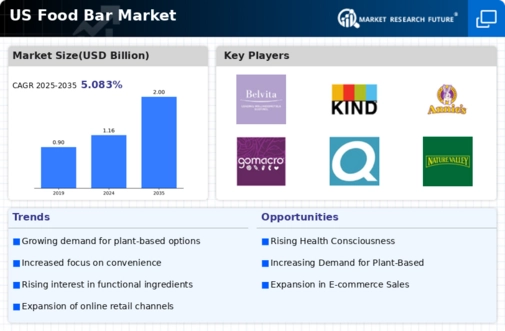

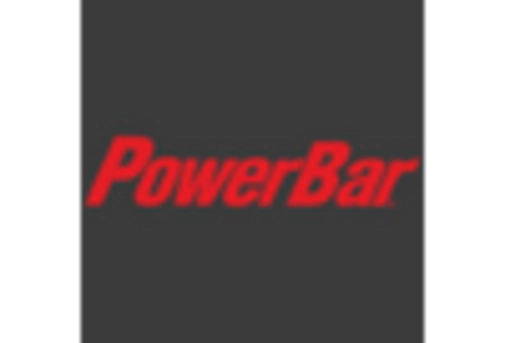


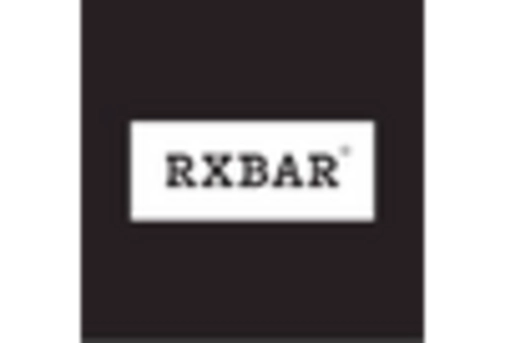
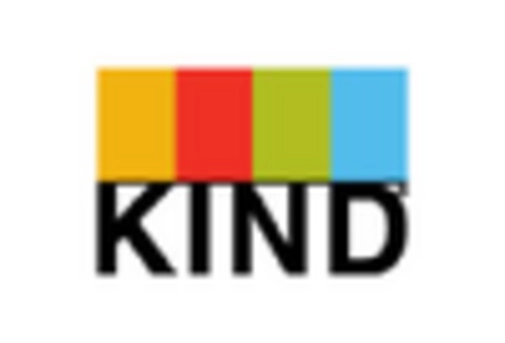
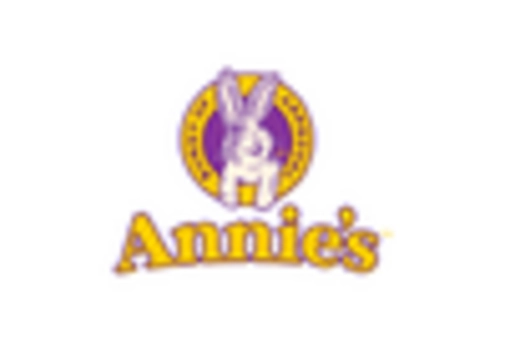
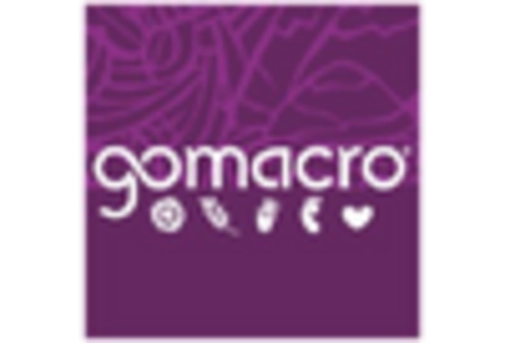










Leave a Comment